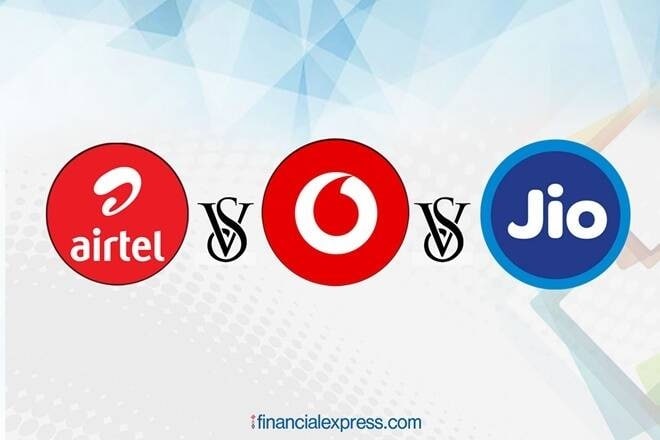Mukesh Ambani’s Reliance Jio is now not the only one emerging strong on India’s telecom scenario. While RIL’s telecom arm merely just a year back was the only operator to gain market share, Sunil Mittal Bharti’s Airtel is also making a strong comeback with the telecom sector now heading towards becoming a duopoly instead of once feared monopoly. In fact, both Reliance Jio and Bharti Airtel have been witnessing an increase in their subscribers base now while Vodafone-Idea continues to shed users.
Bharti Airtel increased its revenue market share by 200 bps as compared to FY20 levels while Reliance Jio gained market share by 470 bps from their last financial year’s levels of 33% and 38% respectively, according to TRAI’s latest data on telecom sector. On the other hand, Vodafone Idea lost 580bps share, with its top three markets contributing to 60% of its market share loss, a report said on Thursday. “The magnitude and the nature of Voda-Idea’s market share loss indicates that the market is moving steadily towards a duopoly,” a Jefferies report said. Vodafone Idea’s sharp loss has driven its market share down to 21%, nearly half of what it was in FY17.
“Vodafone Idea saw sharp market share decline in metros and A-Circles, the key urban markets. Given that these markets have higher dual-sim users, it seems subscribers are consolidating their usage/spends away from Vodafone Idea in these markets,” the report said. Vodafone-Idea lost market share in Maharashtra, Kerala and Gujarat and reported 22-47% on-quarter decline in net revenues in these markets. However, Mukesh Ambani’s Reliance Jio has seen the highest growth in each of these markets.
Meanwhile, the telecom sector is one of the rarest sectors which has done better than others during the coronavirus pandemic. With people restrained in their homes, the telecom industry played a pivotal role in keeping people connected with the help of voice and data connection. The industry also tried to engage subscribers with entertainment options such as video streaming applications, online games among others. This, combined with ‘work from home’ practice for employees has resulted in average data consumption to touch all time high in Q1FY21, according to a separate report by CARE Ratings.

